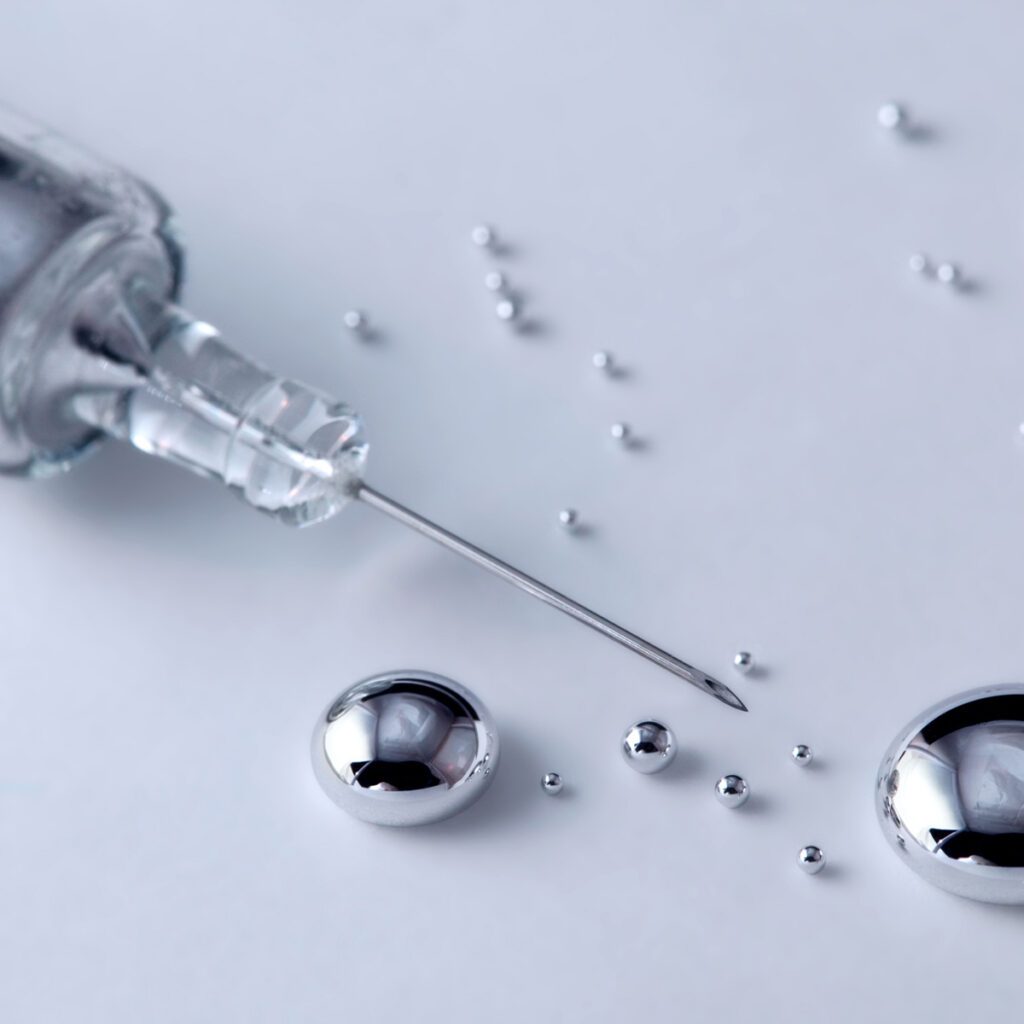What You Should Know
Those familiar with Lewis Carroll’s Alice in Wonderland have, perhaps without realizing it, experienced a depiction of mercury poisoning in the character of the Mad Hatter. This health hazard, which manifests itself in a variety of symptoms such as irritability, visual and speech disorders, lack of coordination and mental disturbance, was predominant in 19th century hatmakers because of the high levels of mercury used in the felting of headwear. The phrase “mad as a hatter,” then, was born of the hatmakers’ behavior, which appeared crazy or mad to those around them.
Today, while there are no longer mad hatters running around, there are still risks for mercury exposure. Consumers today must make educated decisions about the seafood they eat and the products they use to avoid any problems associated with mercury.
As a natural metal, mercury enters the environment as the result of the normal breakdown of minerals in rocks and soil from exposure to wind and water, and from volcanic activity, according to the Encyclopedia of the Earth. This process has remained relatively constant throughout time. However, human activities, including the mining of ores that contain mercury, the burning of fossil fuels, the release of emissions from coal-fired power plants, the incineration of general and medical waste, and the production of cement release additional quantities into the environment.

Within the air that we breathe, the levels of mercury generally aren’t high enough to pose a threat; however, when mercury descends into our water sources and begins its way up the food chain, there is distinct reason for concern.
Within lakes and rivers, a critical chemical process takes place as mercury and bacteria meet. The bacteria converts mercury into an organic form called methylmercury. The circle of life, then, effectively moves this harmful chemical upward: small fish absorb methylmercury as they feed; larger fish then consume these smaller fish; eventually, humans sit down to a seafood dinner and they, too, take the methylmercury into their bodies.
Consumption of methylmercury is of greatest risk to women who are pregnant or breastfeeding and to children under the age of 15. According to a report issued by the North Carolina Department of Health and Human Services, researchers found that the deficits observed in children exposed to methylmercury could be considered predictive of future problems involving cognitive and academic performance. These deficits include the way children think, learn and problem solve. Studies have shown that a developing fetus is at least three times more sensitive to methylmercury than an adult.
However, while most fish contain methylmercury, it must be emphasized that all fish do not contain an equal or potent dose. Indeed, the highest concentrations of methylmercury are found in large fish with long life spans. Shark, tilefish, swordfish and king mackerel are among the highest in mercury content as they simply have a greater length of time to accumulate the chemical.
There is, though, a second danger associated with methylmercury and fish: the danger that people will, in fear, eliminate fish from their diets altogether. As most Americans are well-aware, fish is a low-fat, heart-healthy source of protein. When low-mercury fish are eaten in reasonable portions, they are an excellent food source. So how do consumers know which fish are safe for themselves and their loved ones?
According to the Environmental Protection Agency, pregnant women, nursing women and children may safely consume 12 ounces – approximately two average servings – of low-mercury fish per week and no high-mercury fish. The North Carolina Division of Public Health advises that others may consume a single serving of high-mercury fish, as well as up to four servings (24 ounces) of low-mercury fish per week.
Regarding fish that have been caught in sport, the North Carolina Division offers an easy guideline, stating that only fish less than 33 inches in length should be consumed. An inventory of low-mercury fish is included in the corresponding list; this inventory includes both ocean and freshwater species.
In order to help prevent mercury pollution in waterways, each household can begin by properly disposing of items that contain the chemical. Batteries, thermostats, thermometers and compact fluorescent light bulbs are common items that contain mercury, and safe disposal of them is mandatory – especially if breakage occurs. Items containing mercury should never be included with regular trash. What’s more, mercury should never be dumped, flushed or washed down the drain, as these eliminations will release the chemical into the water system.
If mercury is exposed on a hard surface – such as a floor or countertop – it should be cleaned only after steps to ventilate the space have been taken, as mercury naturally vaporizes into the environment. Open all windows and turn off climate control systems. With gloved hands, carefully use a piece of cardboard or plastic to guide the mercury into a container that can be fully sealed (a mason jar, perhaps), secure the jar, and clearly mark it as containing mercury. If the mercury has spilled onto a soft surface – such as clothing or a rug – that piece should be removed and disposed of according to the same standards used in disposal of the pure chemical.
For more mercury disposal information, contact your local government to determine their rules for discarding these products. Most communities have a collection program for items containing mercury and other hazardous materials.
For City of Chattanooga and Hamilton County residents, hazardous submissions are accepted on the second Saturday of each month from 8 a.m. until noon at the Wood Recycling Facility found at 3925 North Hawthorne Street. Additionally, Home Depot and Ace Hardware accept compact fluorescent bulbs for recycling at their store locations.
Armed with information about how to avoid mercury exposure, consumers can make informed decisions about eating fish. Additionally, the caution each household takes in disposing of its mercury products is key to the prevention of mercury pollution for the future.

